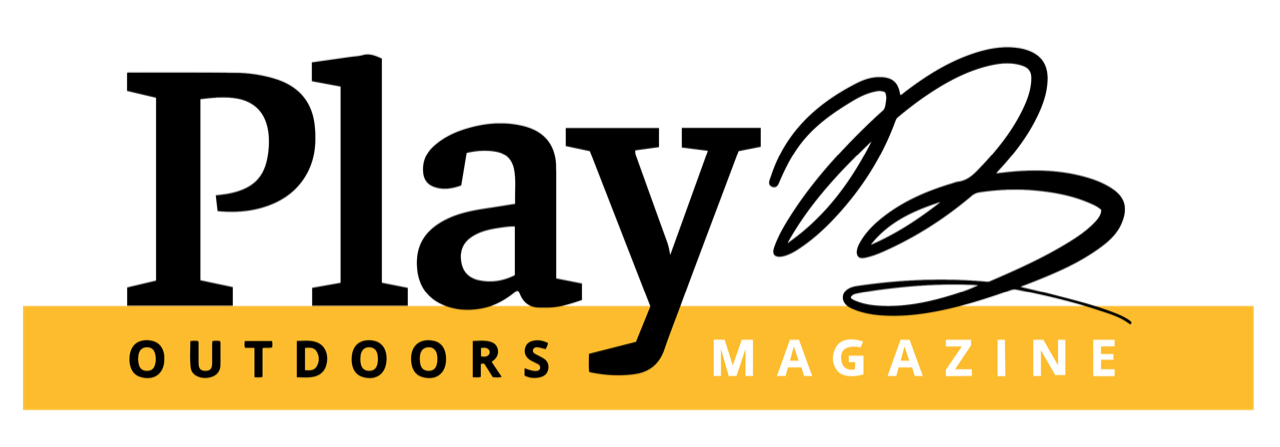
One of the gifts of COVID-19 has been the freedom to explore higher education in outdoor play. COVID-19 has offered educators the opportunity to rethink where and how learning occurs. One such strategy that is gaining attention, in an array of higher educational environments, is place-based education, otherwise known as outdoor play. As identified by Dietze & Kashin (2018), “place-based education is described as a process of using the local community and environment as a starting point for learning in all areas of the curriculum” (p. 17). Place-based teaching outdoors encourages a cross-curricular approach that connects students to the environment. Regular walks on campus to the same natural spaces allow students to develop a connection to the land. This place-based pedagogy enhances students’ self-determination and creates ownership (Darron, 2019). For example, students in the early childhood education program, at University of the Fraser Valley, develop a sense of belonging and knowledge of the Indigenous land, as they explore the beautiful natural setting of the forests, river, and plants that surround the university. By experiencing the place-based setting of outside play, students learn that nature can be incorporated into math, science, art, language arts, or dramatic play. In fact, they are realizing that any curriculum area that is taught indoors can be taught outdoors and can be done so with great success.

Teaching adults in early childhood programs mirrors a play-based pedagogy that values hands-on learning and emphasizes the importance of co-constructing knowledge through creative exploration, nature play and application of theory. Adults, like children, learn through open-ended learning environments that foster natural curiosity, problem solving, and creative expression: the balance of knowledge, acquired through curiosity and skill, is best learned through play. As stated by one student, “I feel like a child again, joyful and happy, yet I am learning so much that I can take back to my work with children”. While children simply play for pleasure, with the unplanned outcome being learning, adult play, in higher education, uses debriefing as the tool for the construction of learning and critical reflection. Adult learners’ play is followed by creating journal pages as part of a reflective learning community.
Additional benefits of outdoor play among early childhood educators is the effect it has on their physiological and psychological well-being. Adult learners state that their experience outdoors has increased both their physical and mental health. For example, when outdoors, adult learners indicate they have less fear of being exposed to COVID, they experience greater creativity during curricular activities and most importantly, they are engaged in the learning that is taking place. They also feel that their social network, amongst their peers and future colleagues in the field of early childhood education, has increased.
There is strong evidence that engaging in play enables adults to navigate an ever-changing landscape (Leather, Harper, & Obee, 2020). Encouraging and facilitating play in higher education has been linked to increased creativity, problem-solving and spontaneity (Barnett, 2007). Anyone who has worked with young children would recognize that the qualities of creativity and spontaneity are both highly desirable and necessary characteristics of early childhood educators. Adult learners currently involved in outdoor play educational experiences are learning to laugh together as they splash in puddles, they are learning to play together as they explore painting with plungers, and they are learning to rely on each other to be creative when challenges arise. They are learning to trust in the resilient nature of themselves.

Our early childhood course on respectful caregiving provides a beautiful example of learning to trust the child by simply observing children as they interact with nature during an outdoor play program. An early childhood education student noted that some children were running around throwing sticks shaped like boomerangs:
“Prior to this observation, I probably would have jumped in a long time ago but not the teachers there. They watched, observed, but let them play. Eventually, one of the children had gotten hold of the boomerang and took it to the long grass and threw it away. The child that had the boomerang shrugged his shoulders and ran to continue playing a new game. After this observation, I recognized that I was inhibiting children from doing things for themselves due to a lack of trust in a child’s innate ability to solve problems” (S.C.).
The outdoor setting has had a positive effect on the resiliency of both the children who experience the lessons and the adult learners in their roles as educators. The outdoor play learning environment is contributing to the adults’ ability to trust their own innate resiliency, creativity, and problem-solving skills. It is truly a privilege to be on this adventure with the adult learners and educators who have jumped in the puddles with both feet.
THE AUTHOR
Monique Goerzen
Monique Goerzen is an associate professor at University of the Fraser Valley, an elementary school teacher, and an early childhood educator. Monique is passionate about the value of play in her personal and professional life, motivating others to appreciate the wonder of learning through outdoor play.


0 Comments